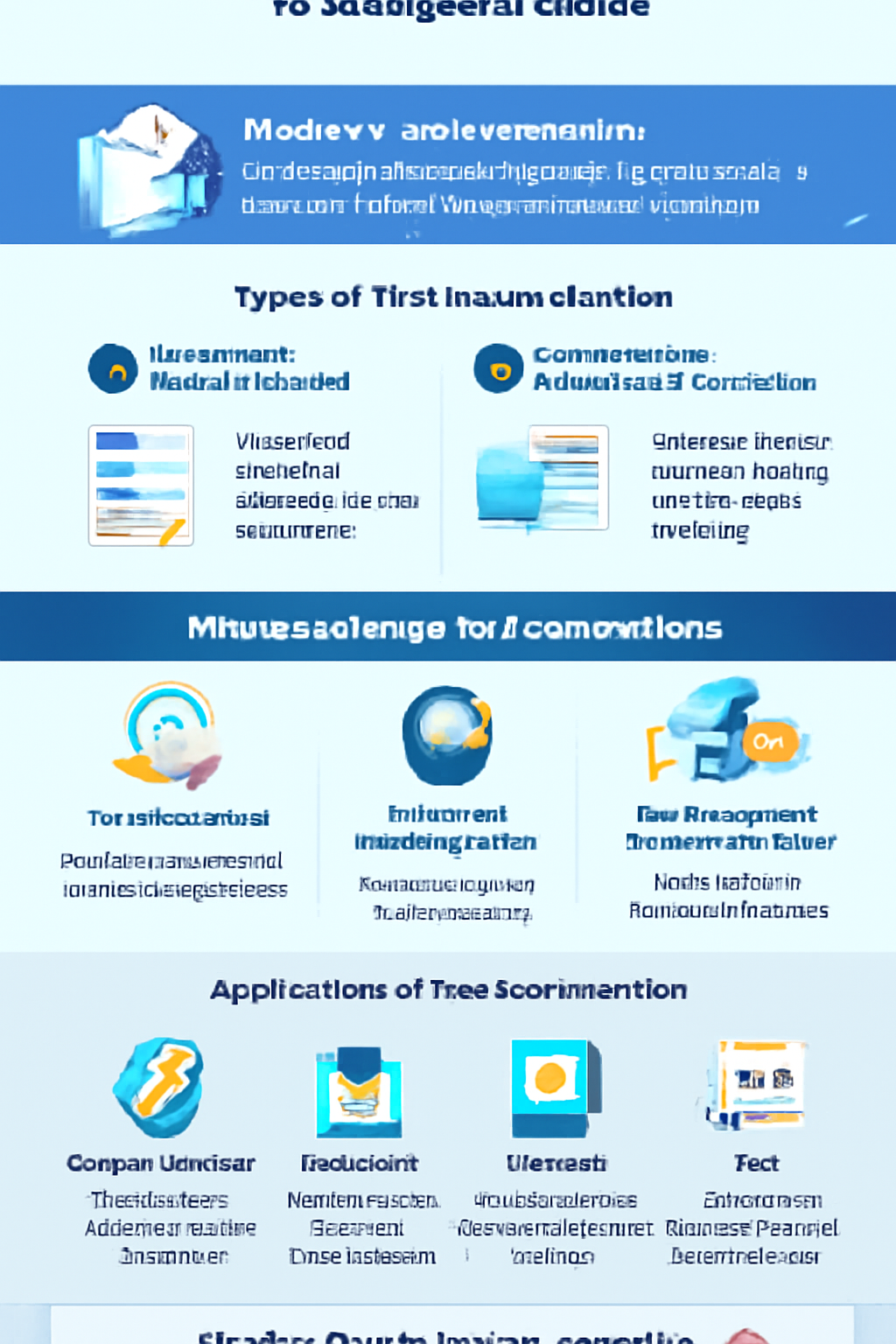In the modern digital world, we are constantly bombarded with vast amounts of information. Whether you're reading articles, research papers, or news reports, sifting through lengthy content can be a time-consuming task. That's where text summarizers come in. These powerful tools help streamline content by condensing large chunks of text into shorter, more digestible summaries. This article will delve into what text summarizers are, their types, the benefits they offer, and how they are applied across various industries.
What Are Text Summarizers?
A text summarizer is a tool designed to reduce a large body of text into a concise summary that captures the key points. These tools use advanced techniques such as Natural Language Processing (NLP) and machine learning to process and understand text, enabling them to extract important information and present it in a shorter form.
In essence, text summarizers help readers get the gist of an article, report, or research paper without needing to read every word. This is particularly beneficial in today’s information overload society, where time is limited and efficiency is paramount.
Types of Text Summarization
Text summarization tools can be divided into two broad categories: extractive summarization and abstractive summarization.
1. Extractive Summarization
Extractive summarization works by identifying and extracting the most important sentences or phrases from the original text. This method involves selecting pieces of the original text and stringing them together to form a summary.
-
How It Works: The algorithm scans the text, ranks sentences based on their importance, and selects those sentences to form the summary.
-
Example: For an article about climate change, an extractive summarizer would pull the key facts and statistics directly from the article without rewording them.
-
Use Cases: Extractive summarization is ideal for content where the exact wording is critical, such as news articles, legal documents, or technical reports.
2. Abstractive Summarization
Abstractive summarization involves generating a summary by rewording or paraphrasing the original content. The idea is to provide a new, concise version of the content, rather than just extracting sentences verbatim.
-
How It Works: The tool reads the content, understands the key points, and then generates a new summary using different phrasing while retaining the core meaning.
-
Example: An abstractive summarizer might take a detailed news article and produce a short paragraph that summarizes the main events and outcomes.
-
Use Cases: Abstractive summarization is beneficial when a more natural and human-like summary is needed, such as in creative writing, complex reports, or lengthy academic papers.
Benefits of Using Text Summarizers
Text summarizers provide a range of benefits, making them invaluable in various fields:
1. Time Efficiency
Text summarizers save readers significant time by quickly providing a summary of lengthy content. Whether you're a student trying to understand a textbook chapter or a researcher scanning multiple papers, summarization tools allow you to grasp key insights faster.
2. Improved Comprehension
Summarization helps highlight the most important points, making it easier for readers to understand the content. For dense or technical information, summarizers simplify complex concepts, enhancing overall comprehension.
3. Optimizing Content Creation
For marketers, content creators, and SEO professionals, text summarizers are a huge asset. These tools help create concise blog posts, product descriptions, and social media content, all while saving time. Additionally, they assist in crafting SEO-friendly snippets that are short yet informative.
4. Accessibility
Summarization makes content more accessible to different audiences, including those with reading difficulties or limited time. It also makes content more suitable for mobile consumption, where shorter, more concise text is often preferred.
Applications of Text Summarizers
Text summarizers have found applications across a wide variety of industries and use cases:
1. Content Marketing
Marketers use text summarizers to generate concise versions of blog posts, articles, and white papers. Summarizing content helps create effective and engaging meta descriptions, increasing click-through rates on search engines.
2. Education
For students and educators, text summarizers are invaluable tools. Students can quickly summarize research papers, textbooks, or articles, making studying more efficient. Teachers can also use summarizers to condense lesson plans and educational resources.
3. Business
In business, summarizing reports, emails, and proposals is a common practice. Summarization tools help executives and teams quickly understand the most relevant points of a lengthy document, supporting faster decision-making.
4. SEO
Summarization plays a vital role in SEO, helping to create short, optimized summaries for content that appear in featured snippets or answer boxes. These concise snippets improve visibility on search engines and attract more organic traffic.
Challenges in Text Summarization
While text summarization tools are highly effective, they still face some challenges:
1. Ambiguity and Contextual Understanding
Text summarizers sometimes struggle with ambiguous or complex content. Text that contains nuances, double meanings, or intricate arguments may not be summarized accurately by the tool.
2. Loss of Information
In some cases, especially with extractive summarization, key information can be left out or misrepresented. This is a common challenge with automatic summarization, where the tool may fail to prioritize the most critical points.
3. Format Compatibility
Different types of content require different summarization methods. Summarizing blogs is different from summarizing scientific papers or business reports. Some tools may not be adaptable enough to handle all formats effectively.
The Future of Text Summarizers
As AI and machine learning continue to advance, the future of text summarizers looks promising. Future tools will likely become more sophisticated, offering even more accurate summaries, better contextual understanding, and the ability to handle multiple languages and formats. Additionally, AI-driven summarization tools are expected to evolve, becoming more integrated into daily workflows for content creators, researchers, and businesses.
Conclusion
Text summarizers are transformative tools that are revolutionizing how we process and understand information. Whether you're a student, professional, or content creator, using these tools can save time, enhance comprehension, and make content more accessible. As the technology continues to evolve, text summarizers will become even more efficient, adaptable, and valuable across various industries.

